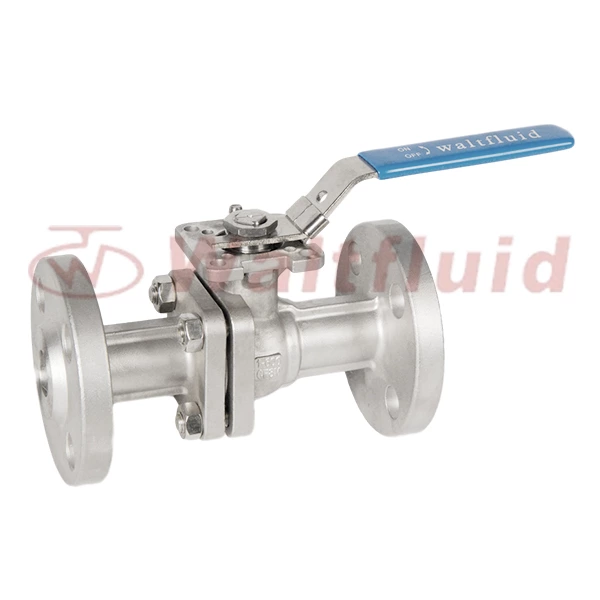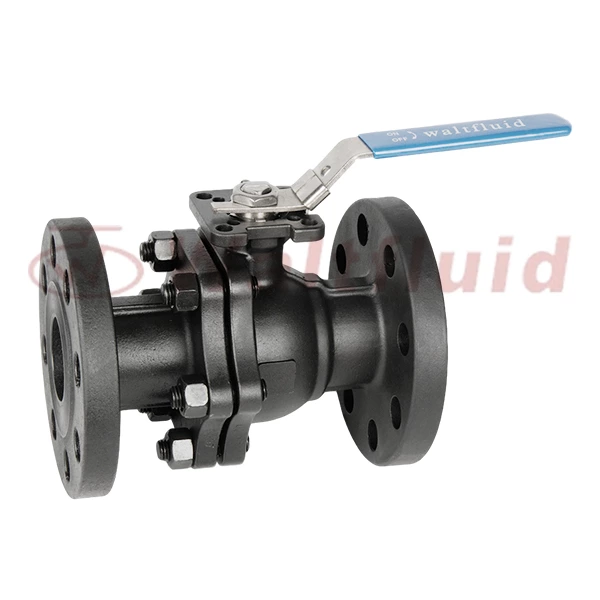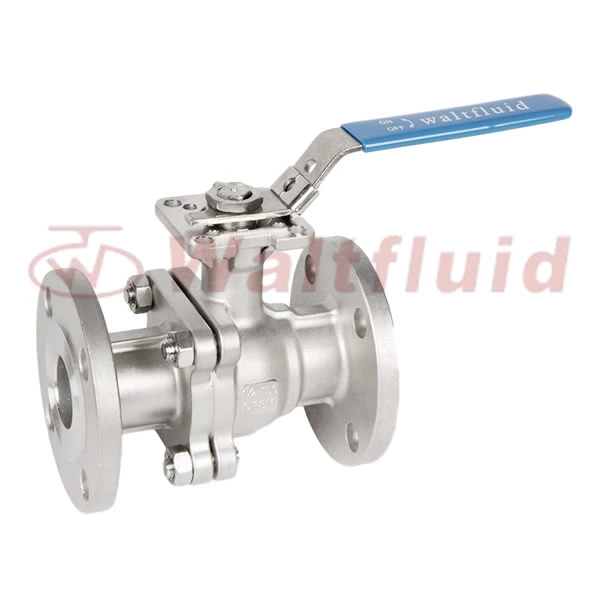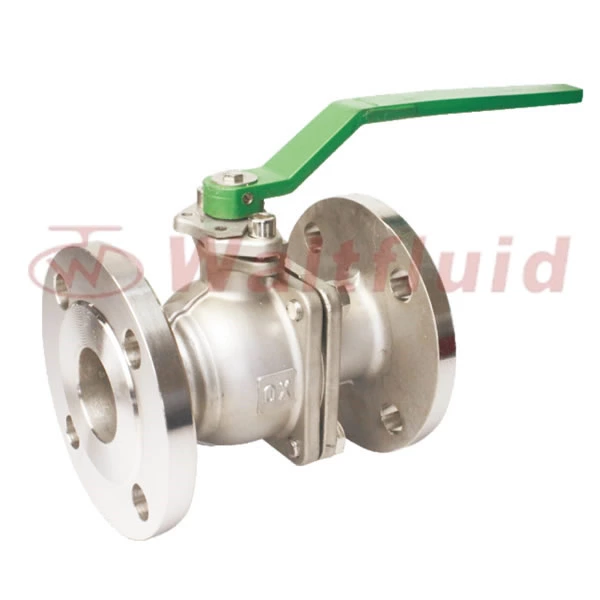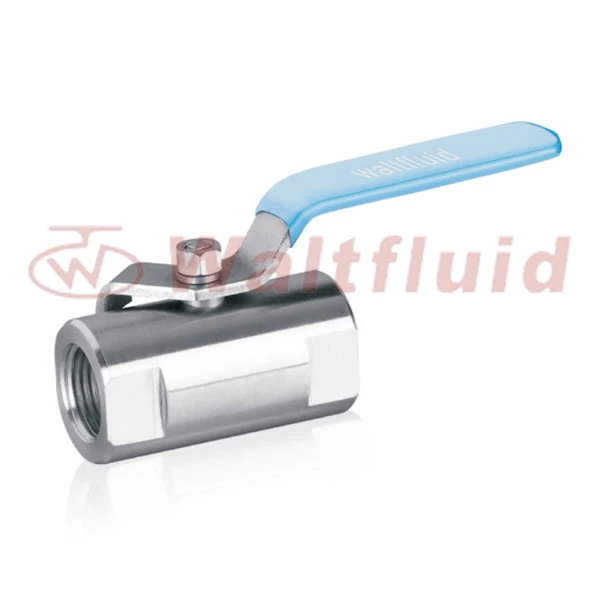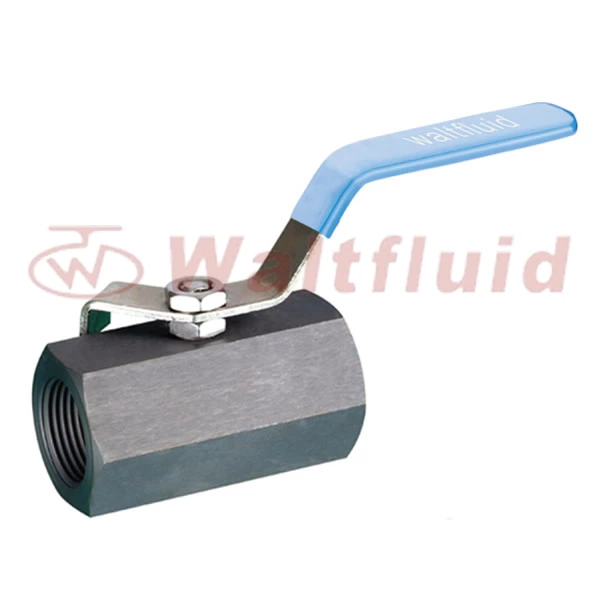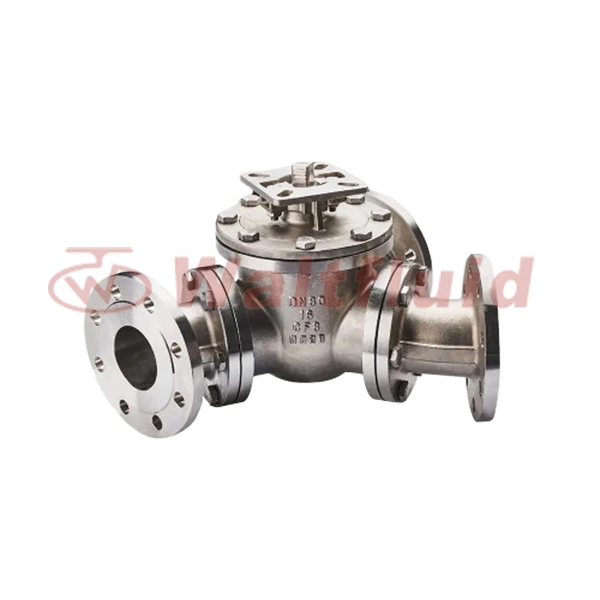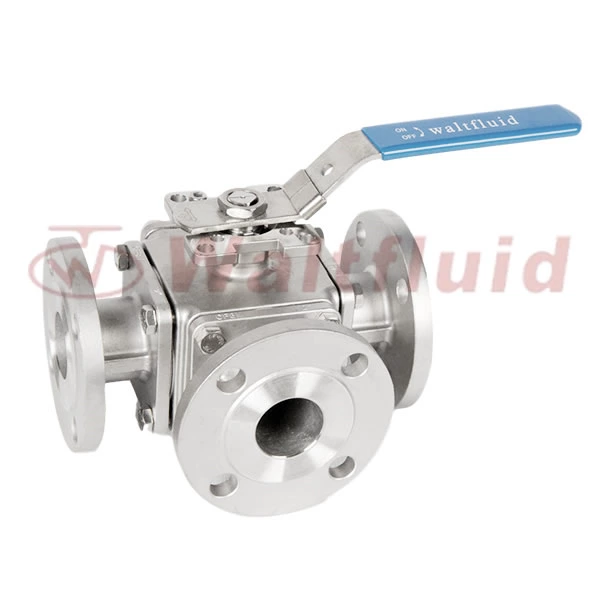Selection Of Carbon Steel Ball Valve And Stainless Steel Ball Valve
1 Piece Ball Valve is widely used in the industrial field and can adapt well to media such as water, solvents, acids, and natural gas. It can also play an excellent role even under harsh working conditions. However, no matter how excellent the rail type carbon steel ball valve is, daily maintenance work needs to be done well. If it is not maintained for a long time, the equipment is prone to problems. The following are daily maintenance precautions for track type carbon steel ball valves.
Firstly, for the maintenance and repair of track type ball valves, lubricating oil should be applied regularly, at least once a year. If there is a leakage in the valve stem, it indicates that the ball valve needs to be lubricated. The valve stem should be lubricated at least four times a year. The frequency of lubrication is determined by the number of times the equipment is operated, and the more frequent the operation, the more lubrication is needed.
Secondly, regularly check the internal leakage of the track type carbon steel ball valve. If internal leakage occurs, it will not only affect the performance of the equipment, but also bring safety hazards. So it is necessary to regularly check the internal leakage of carbon steel ball valves. If any leakage is found, the cause should be identified and the problem should be solved in a timely manner. When the stem and packing of the rail type carbon steel ball valve leak externally, they should be filled and replaced.
Finally, if the carbon steel ball valve malfunctions, it is necessary to seek professional maintenance personnel to handle it. If maintenance cannot solve the problem, a new carbon steel ball valve must be replaced.
In short, it is necessary to do a good job of daily maintenance for the track type carbon steel ball valve, which is very beneficial for extending the service life of the equipment. In addition, when choosing carbon steel ball valves, it is necessary to choose equipment from large manufacturers. This way, the quality is more reassuring and the probability of failure is lower.
When choosing valves, the most common one we see is "stainless steel valves". However, stainless steel also has its own quality. Common stainless steels used to make stainless steel ball valves include 304 stainless steel, austenitic stainless steel, etc. Which quality is better and more durable?
1、 Austenitic stainless steel and 304 stainless steel
Due to the particularity and differences of the application environment, the selection of materials for valve manufacturing must be very particular. Austenitic stainless steel and 304 stainless steel are widely used stainless steel materials. The former has strong toughness and plasticity, and the addition of other elements such as sulfur and calcium can produce good cutting performance. However, 304 stainless steel has more outstanding corrosion resistance and is often used in kitchen wastewater pipelines and industrial wastewater treatment devices.
2、 Heat resistant steel and low temperature resistant steel
The working environment temperature difference of stainless steel ball valves can reach up to 1000 degrees Celsius, with low temperatures as low as -296 degrees Celsius and high temperatures as high as over 800 degrees Celsius. Therefore, choosing which material of stainless steel valve is more durable also depends on its heat resistance and low temperature resistance. Pipeline systems above 300 degrees Celsius use special heat-resistant steel, while low-temperature steel is suitable for temperatures ranging from -29 to -296 degrees Celsius, with -196 to -296 being ultra-low temperature environments. The temperature resistance of valve materials is very important. In low temperature environments, material brittleness increases and volume shrinks, which can easily lead to valve leakage. Therefore, it is necessary to choose valves made of suitable materials according to the ambient temperature.
To ensure the service life of stainless steel ball valves, it is important to purchase the valve that is most suitable for the working environment. Otherwise, insufficient pressure bearing capacity and excessive friction can cause premature damage to the valve.
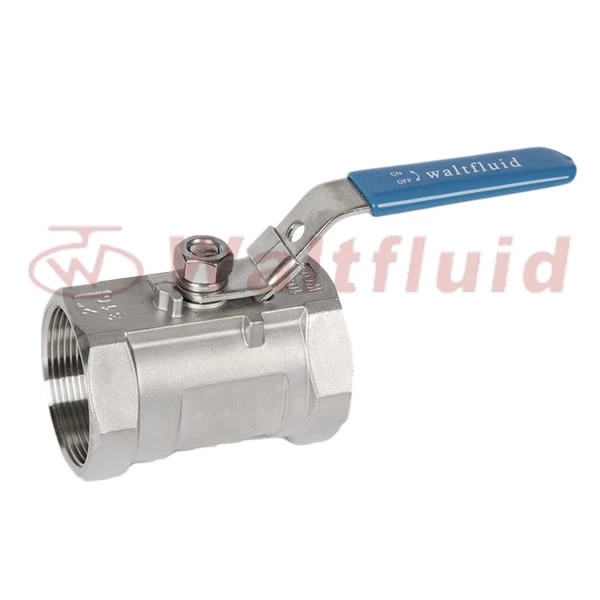
 English
English 中文
中文 Pусский
Pусский  Español
Español
